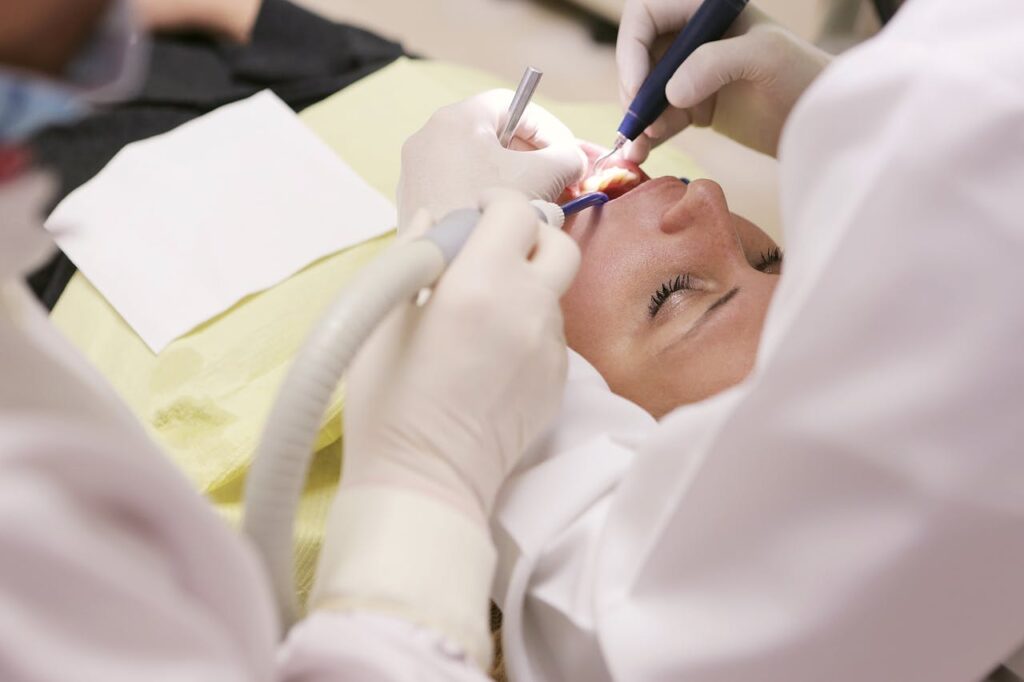Plastic surgery can boost confidence and change appearances, but it’s not without risks. From unexpected results to health complications, there’s a lot to consider before making a decision. Before going under the knife, it’s important to understand the potential challenges and long-term effects.
The Growing Popularity of Plastic Surgery
Plastic surgery has become more common than ever, with millions of people worldwide choosing cosmetic procedures every year. Social media, celebrity culture, and beauty trends have all played a big role in this rise. Many seek surgery to enhance their looks, boost confidence, or slow signs of aging.
Advancements in medical technology have also contributed to its popularity. Many procedures are now less invasive, with shorter recovery times and more natural-looking results. Additionally, the increasing acceptance of plastic surgery has made it more socially normalized, encouraging more people to explore cosmetic enhancements.
Whether for minor touch-ups or major transformations, plastic surgery continues to grow in demand. But before making a decision, it’s important to be well-informed about the process, expectations, and potential outcomes.
Common Risks of Plastic Surgery
While plastic surgery can offer impressive results, it’s not without risks. Every procedure comes with potential complications that should be carefully considered before making a decision. Here are some of the most common risks:

1. Infections and Complications
Any surgical procedure, including plastic surgery, comes with potential health risks. These risks can include infection, blood clots, and adverse reactions to anesthesia. These complications can also vary based on the type of plastic surgery and your overall health.
For instance, more complex plastic procedures might carry a higher risk of complications. Additionally, individual health factors, such as pre-existing conditions, can also influence the likelihood of adverse effects.
Therefore, it’s important to thoroughly discuss these risks with your healthcare provider to understand how they may specifically affect you.
2. Long-term Side Effects
Some side effects might not be immediately apparent. For example, issues such as scarring, changes in skin sensitivity, or complications with implants can develop over time.
These effects may not become noticeable until months or even years after the procedure. So, it’s important to monitor any changes and consult with your healthcare provider if you experience any unexpected symptoms.
3. Emotional Impact
While plastic surgery may boost self-esteem for some, others might experience disappointment if the results don’t meet their expectations. Furthermore, the emotional toll of unsatisfactory results or complications can be significant.
For example, individuals who are dissatisfied with the outcomes may face stress, anxiety, or even depression as they deal with the gap between their expectations and reality.
Therefore, it is essential to have realistic expectations and a thorough understanding of the risks and potential outcomes of plastic surgery before undergoing any procedure.
4. Cost and Recovery Time
Plastic surgery often requires a substantial financial investment and time for recovery. Additionally, unexpected costs for follow-up procedures or extended recovery can add to the overall burden.
For example, complications or unsatisfactory results may lead to extra costs. You might need additional procedures to fix the issues. These unexpected expenses can strain your budget and extend your recovery. Therefore, the procedure may become more expensive and challenging than expected.
5. Risks of Reoperation
In some cases, the results of plastic surgery may not last forever, leading to the need for more procedures. This can increase the risk of complications and affect the final outcome.
For example, each additional surgery can bring new risks like infections or scarring and may slow down the healing process. Having multiple procedures can also mean longer recovery times and higher costs.
Therefore, it’s important to think carefully about the risks, long-term effects, and the possibility of needing more surgeries before deciding on plastic surgery.
6. The Risk of Surgery Addiction
Surgery addiction is a serious risk linked to cosmetic procedures. Some people develop a compulsive need for multiple surgeries due to dissatisfaction with their results or the pursuit of an ideal appearance. This can lead to repeated procedures, increasing the risk of complications and causing emotional and financial strain.
To reduce this risk, it’s important to understand your reasons for surgery, set realistic expectations, and seek guidance from a qualified healthcare provider.
Making an Informed Choice

Plastic surgery can be a life-changing decision, but it’s not one to take lightly. Beyond the physical changes, it can impact your emotional well-being, finances, and long-term health. While modern procedures offer advanced techniques and appealing results, they also come with uncertainties that require careful thought.
Before moving forward, ask yourself why you want the procedure and whether your expectations align with reality. Take time to research, consult trusted professionals, and consider non-surgical alternatives if they meet your goals. Confidence and self-acceptance don’t always come from external changes—sometimes, they start from within.
If you found this article helpful, check out these related topics:














